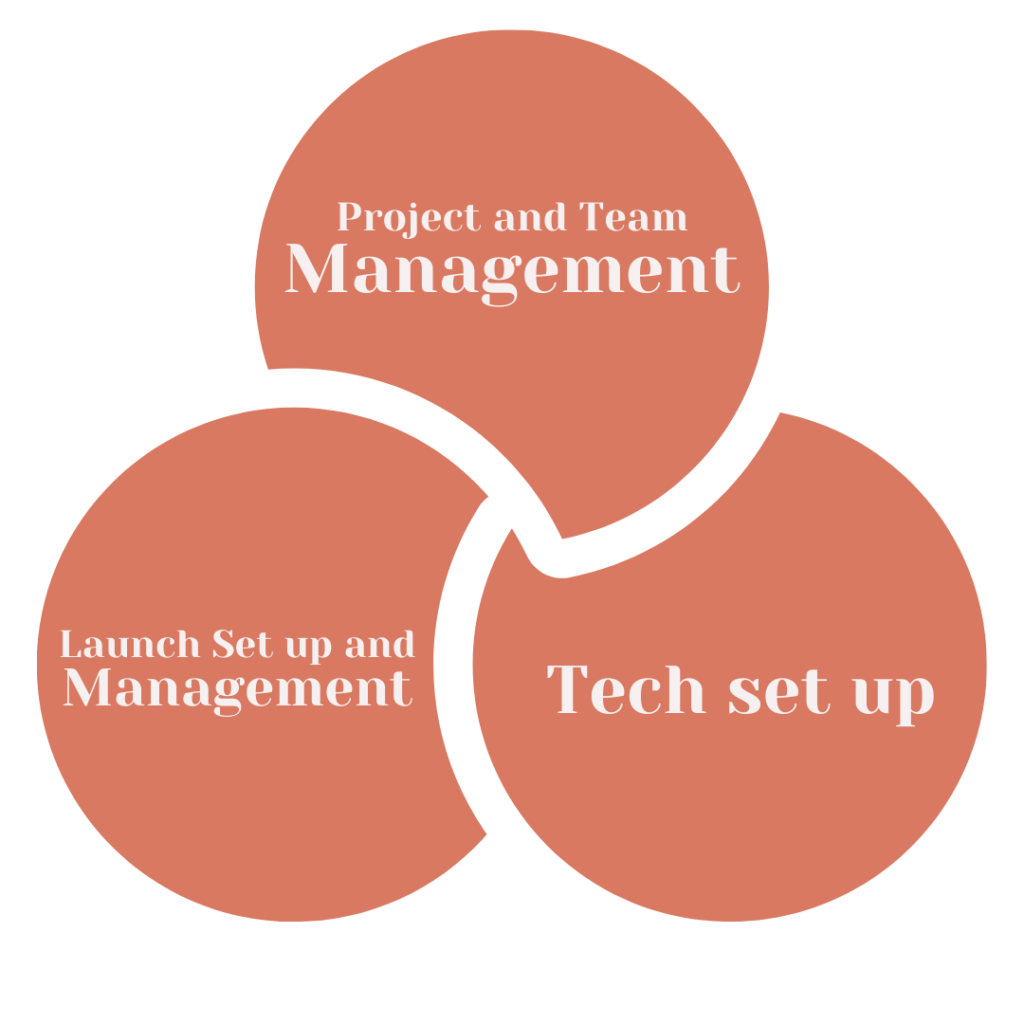Recognizing the Signs: 5 Indicators You Need to Prioritize Your Mental Health

As a coach, you may be focused on helping others prioritize their mental health, but it’s important to remember to prioritize your own as well. Neglecting your own well-being can lead to burnout and impact your ability to help others. Here are five signs that indicate you need to prioritize your own:
- You feel constantly exhausted: If you feel exhausted even after getting enough sleep, it may be a sign of chronic stress and burnout.
- You’re losing interest in things you enjoy: If you’re not finding pleasure in activities that used to bring you joy, it may be a sign of depression or anxiety.
- You’re experiencing physical symptoms: Stress and anxiety can cause physical symptoms such as headaches, stomach problems, and muscle tension.
- You’re easily irritable: If you’re finding yourself getting upset or frustrated over small things, it may be a sign that your mental health is suffering.
- You’re neglecting self-care: If you’re not taking care of yourself by getting enough sleep, eating well, and exercising, it may be a sign that you’re neglecting your mental health.
Remember, prioritizing your own mental health is not selfish. It’s important to take care of yourself so you can be at your best to help others. If you’re experiencing any of these signs, it may be time to take a step back and prioritize it.
Learn how we can work and grow together, click here.












































